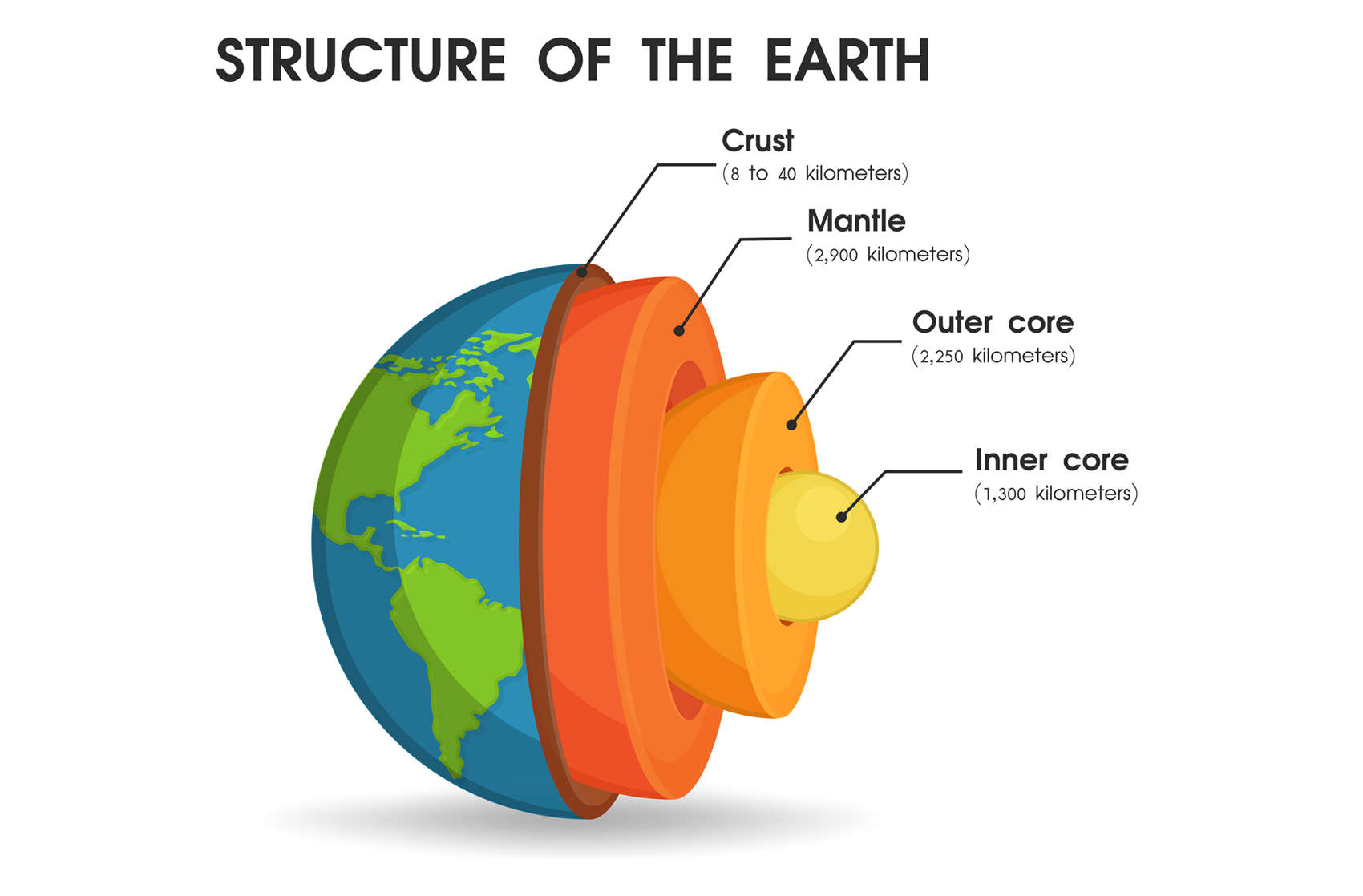Create a free profile to get unlimited access to exclusive videos, sweepstakes, and more!
Is Glass a Liquid?

There are a lot of sciencey factoids floating around the world that are actually wrong. I’d give a litany of examples, but hey, I literally wrote the book on some.
One of the most tenacious is the idea that glass is actually a liquid. The usual claim is that the glass in very old windows in European buildings is thicker at the bottom than at the top due to the very slow flow of the liquid glass.
But that’s wrong. Glass isn’t a liquid; it’s an amorphous solid and doesn’t flow. The reason the glass in those windows is thicker at the bottom is a lot more obvious and mundane than you might think. My friend Derek Muller of Veritasium explains all this and more in a great video that’s very much worth your time to watch:
I’ll admit I was curious about glass when I first heard this misconception, but it seems clear (har har) that glass really is a solid.
But the part about Earth’s mantle really got to me. Another admission: I’m guilty of writing that the mantle is a liquid. I’ve tried to be careful in the past, but I sometimes trip up and make that mistake. In my Crash Course Astronomy episode about the Earth I talk about this, and it caused me some grief when I wrote it, trying to explain this in a single line due to time constraints. But the mantle is in fact a solid—the rock is very hot, but under extreme pressure, and as Derek describes in his video, the molecules don’t slip past each other.
Over time the process of “dislocation creep”—material moving to fill in cracks and voids in the crystal structure of the mantle material—is essentially the same as a flow. So the rock in the mantle flows upward at an average rate of roughly two centimeters per year, about the same rate your fingernails grow.
That means it takes 50,000 years for this rock to move a single kilometer upward! The mantle is nearly 3,000 kilometers thick, so it takes 150 million years for the rock to flow from the top of the outer core to the crust. That’s amazing!
I always wondered about the idea of mantle plumes, very hot fountains of rock in specific locations in the mantle. They are hypothesized to be the force behind the creation of volcanic islands like Hawaii and the Canaries. That bugged me though; shouldn’t those plumes dissipate in short order in the mantle?
But now I see why they don’t. Time scales of motion in the mantle are so staggeringly long that a plume can easily exist for the millions of years necessary to make islands.
That’s fascinating to me. The mantle is not a simple, thick layer of goo; it has odd structures and properties that are not at all obvious, and it may in fact be just as complex as the atmosphere of the Earth. It just takes a lot, lot longer for this complexity to manifest itself in a way we can see.
Postscript: And yes, sometimes my headlines do fall under Betteridge’s law. But given how many people ask this question, it seems fair to use it.


























